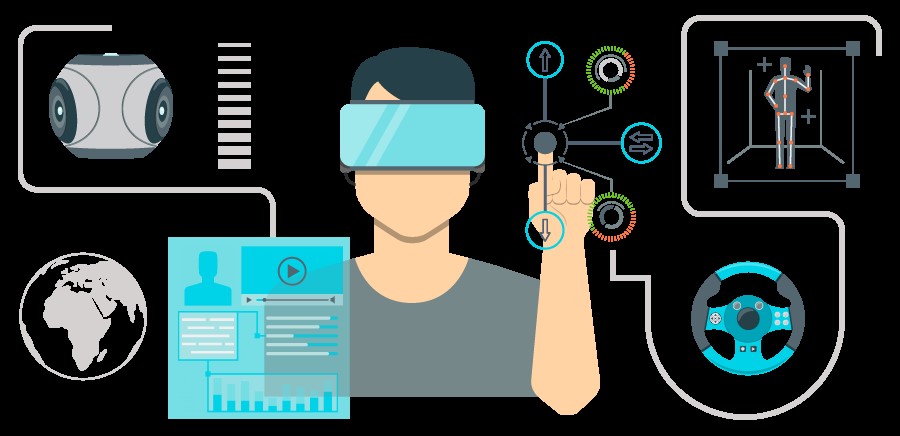Today’s workforce is growing increasingly used to working remotely and collaborating across time zones and geographies. As young workers continue to push for more flexible work environments, new tools and management philosophies need to fill the gaps between expectations and reality in workplaces around the world. A key new technology for enabling immersive collaboration is virtual reality (VR), which is growing increasingly capable and accessible every year.
Executives should be looking closely at VR to increase efficiency and maintain team dynamics among remote workgroups, as well as to attract talented younger workers. At the same time, executives need to be mindful that "new" doesn’t equal "bad," and that while emerging technologies might initially be uncomfortable, ultimately, they can provide strong competitive advantage.
The first question executives often ask is, “Why would I want my teams using VR?” After all, teleconferencing and screen sharing have been good enough for many years, and VR’s biggest use case is entertainment. However, VR offers many advantages over traditional collaboration tools that make it well-suited to remote teams.
Immersive by nature, VR eliminates distractions, with headsets blocking out the real world while displaying a virtual one. Collaborating along with remote teammates in a three-dimensional (3D) representation of an environment helps to create a much stronger sense of presence than possible with phone calls or video conferencing, and can generate a true feeling of being in the same room as one another. On top of this, VR offers seamless tools for collaborative content creation and work product sharing like 3D models and interactive notes that can elevate discussions to the next level. And from a people perspective, VR just brings a sense of fun that’s often missing in remote team collaboration, and can lead to more creative and engaged employees.
Even with all these benefits, many companies have yet to take a serious look at VR tools for team collaboration. Much of this delay is due to the newness of the technology and what until recently was a steep cost to get started.
Unfortunately, many executives also write off any emerging technology that doesn’t appeal to them personally as not worthwhile, waiting until market changes force them to adopt new tools. We saw this happen with productivity software, SaaS tools, smartphones, social media, and cloud services -- and are now seeing this trend continue with VR and other emerging technologies.
But just as in the past, companies that take a progressive approach and invest early will reap the greatest rewards in efficiency improvements, employee satisfaction, and future readiness. Those that take the approach of “tell me when everyone else is doing it” will already be behind the curve with the tech-savvy employees they say they want to attract.
For those companies that see the benefits of VR-based collaboration, many options are now available. On the hardware side, offerings from Samsung, HTC, and Oculus are quickly dropping to an affordable price point. On the software side, companies like TechViz, Talespin, and Doghead Simulations provide VR meeting spaces, while new startups like Spatial and Mimesys are looking farther down the road and provide augmented and mixed reality solutions that can combine headsets, cameras, and position sensors to create true collaborative virtual or augmented environments. The question is no longer “when will it be possible?” but rather “which solution is right for me?”
Executives looking to adopt VR tooling should carefully consider their use cases, workforce needs, and appetite for new technology maturity to determine which toolset is right for them. But when it comes to the question of “is VR ready yet?” the answer is a clear, “Yes.”










